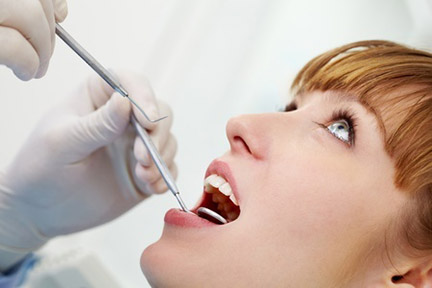The teeth are less supported due to the fact that gum tissue, bone tissue, and periodontal ligament continue to be damaged. Unless addressed, the affected teeth will become loose and could be lost. Generalized moderate to serious bone tissue loss can occur.
Find Us : 219 South 2nd Street Le Sueur, MN 56058


